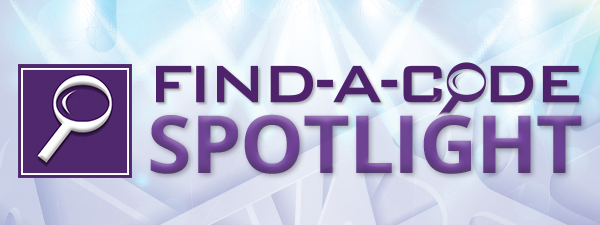 ICD-10 Coding: Decide From Two Options When Reporting Diagnosis of XerostomiaBy Christine Taxin
July 27, 2016 Hint: Don’t forget to report additional codes to identify alcohol or tobacco use. When your clinician diagnoses xerostomia (dryness of the mouth), you will have check the cause for the disturbance in salivary secretion as this has a direct bearing on the code that you will select for the condition. When your oral surgeon arrives at a diagnosis of xerostomia, you have two code choices in ICD-10 to choose from. The two code choices that you have include:
Even though ICD-10 gives you two options, you will have to report a diagnosis of xerostomia with K11.7 as this is a more specific code to report the condition rather than using R68.2. If your clinician reports the occurrence of dry mouth as a symptom (such as in Sjogren’s syndrome), then you report the dry mouth with R68.2. When reporting any conditions that are reported under the parent code K11.-, you are also supposed to report additional codes that will identify alcohol abuse and dependence (F10.-); exposure to environmental tobacco smoke (Z77.22); history of tobacco use (Z87.891); occupational exposure to environmental tobacco smoke (Z57.31); tobacco dependence (F17.-) or tobacco use (Z72.0). So if your surgeon identifies a history of tobacco use or dependence or alcohol use or dependence, you will need to report it with additional codes as mentioned. Caveat: You should note that K11.7 is a generalized code for any disturbances of salivary secretion and is not a specific code for “xerostomia” alone. So, you can use K11.7 for other disturbances of salivary secretion too. So, for instance, if your clinician arrives at a diagnosis of “ptyalism” or “hypoptyalism,” you will code these conditions also with K11.7 as these conditions are also caused due to disturbances of salivary secretions. In cases where radiation treatment causes xerostomia, you would report the appropriate head and neck cancer codes in addition to reporting K11.7 and L59.9 (Disorder of the skin and subcutaneous tissue related to radiation, unspecified). Check your payer policies to get the final word on which codes they require on the claim for payment. share
More Items in July 2016
To view more items select a month from our "Items by Month" list. |
2021 - View 2020 - View 2019 - View 2018 - View 2017 - View 2016 - View 2015 - View 2014 - View 2013 - View 2012 - View 2011 - View 2010 - View 2009 - View 2008 - View |
Thank you for choosing Find-A-Code, please Sign In to remove ads.

 Quick, Current, Complete - www.findacode.com
Quick, Current, Complete - www.findacode.com